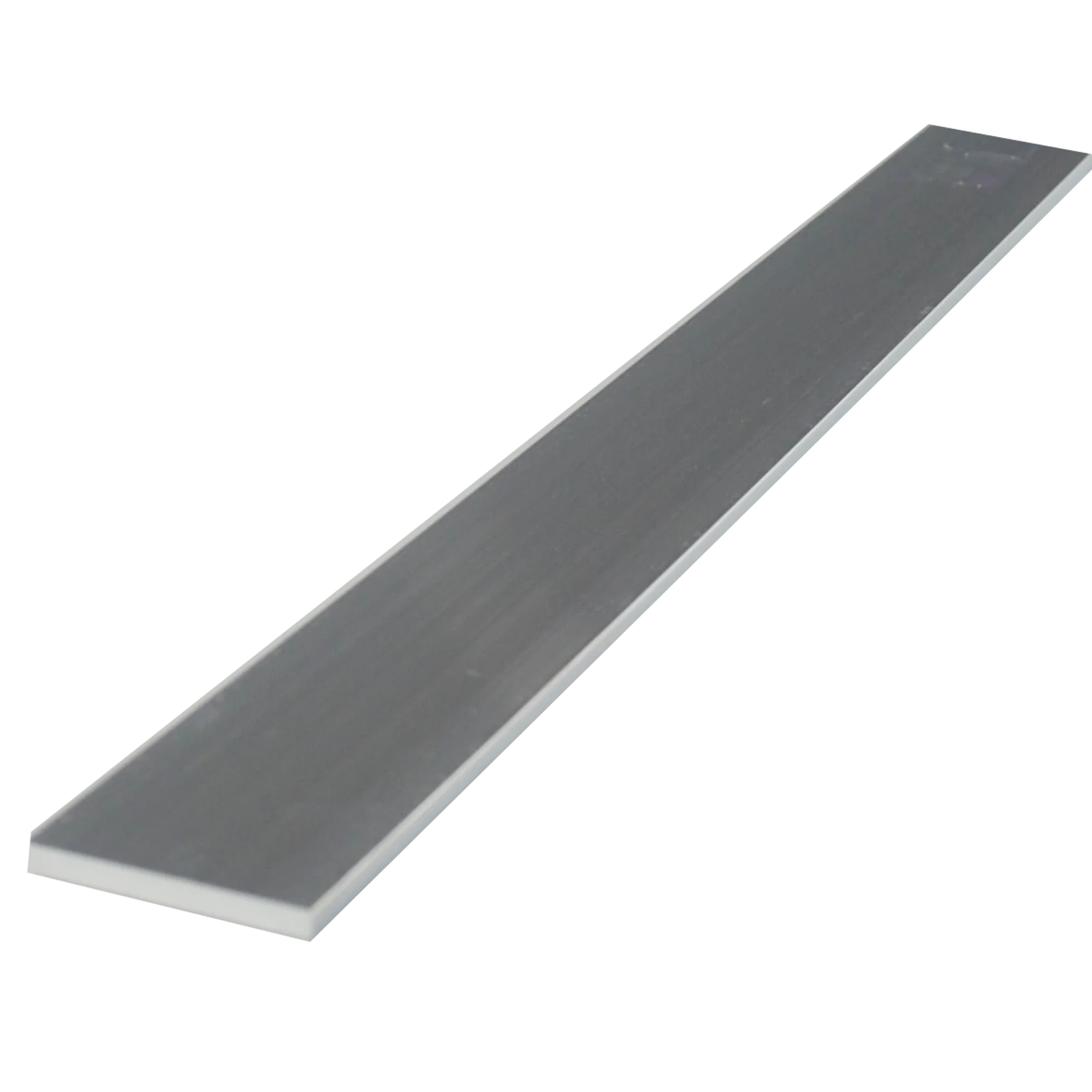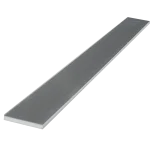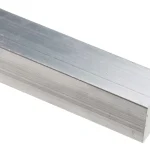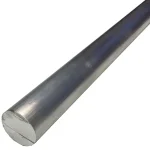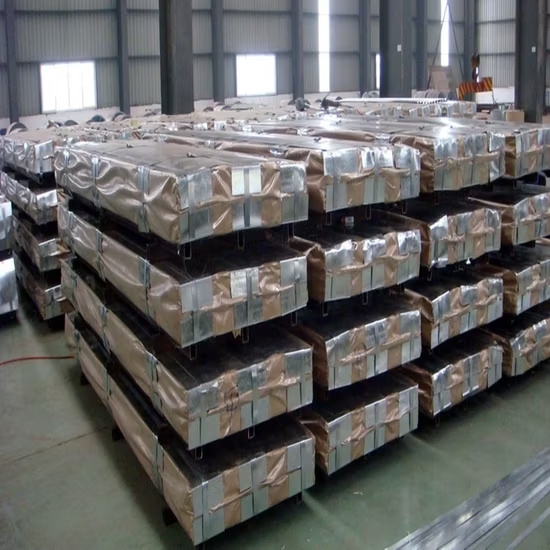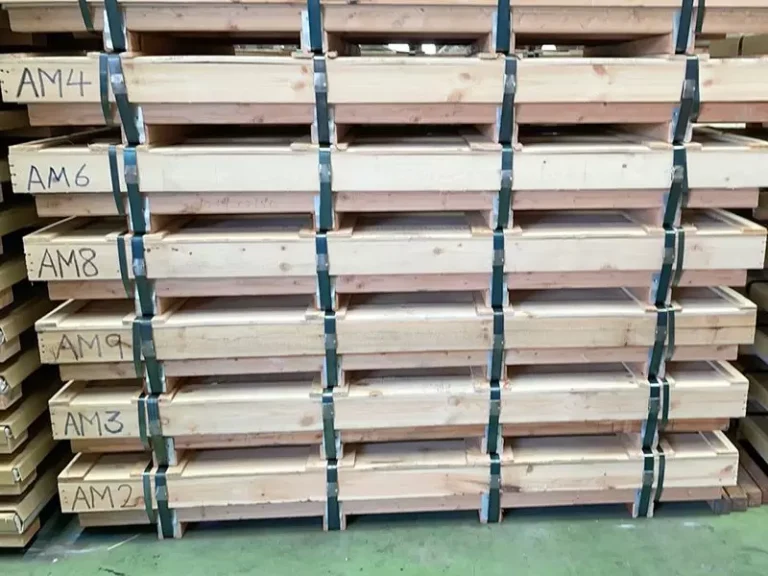Frequently Asked Questions
You’re right! The average density of aluminum is around 2.7 grams per cubic centimeter (g/cm³), or 2700 kilograms per cubic meter (kg/m³). This is the typical density for pure aluminum, but as you mentioned, it can vary slightly depending on the specific alloy and composition used.
To calculate the density of an aluminum bar, you can indeed use the formula:
Density=MassVolume\text{Density} = \frac{\text{Mass}}{\text{Volume}}
For example, if you have an aluminum bar with:
- Mass: 1 kilogram (kg)
- Volume: 0.1 cubic meters (m³)
The density can be calculated as:
Density=1 kg0.1 m3=10 kg/m3\text{Density} = \frac{1 \, \text{kg}}{0.1 \, \text{m}^3} = 10 \, \text{kg/m}^3
But please note, this seems incorrect because the expected density of aluminum is much higher. To clarify:
If you use 1 kg for the mass and want to find the volume of the bar, the correct approach would be:
Volume=MassDensity=1 kg2700 kg/m3≈0.00037 m3\text{Volume} = \frac{\text{Mass}}{\text{Density}} = \frac{1 \, \text{kg}}{2700 \, \text{kg/m}^3} \approx 0.00037 \, \text{m}^3
This ensures you have a more accurate calculation of volume or density based on the given properties.
You’re right in pointing out the key differences between carbon and aluminum bars, and how each material brings unique benefits depending on the application.
Advantages of Carbon Bars:
- Lightweight: Carbon fiber is significantly lighter than aluminum, making it an ideal choice in applications where weight reduction is critical, such as sports equipment (bike frames, golf clubs, etc.).
- Strength and Stiffness: Carbon fiber bars are stronger and have a higher stiffness-to-weight ratio compared to aluminum. This means they can bear higher loads and provide more resistance to deformation, all while reducing vibrations.
- Higher Performance: In applications that require high strength and low weight, such as aerospace or high-performance sports gear, carbon fiber excels due to its superior mechanical properties.
Advantages of Aluminum Bars:
- Cost-Effective: Aluminum bars are generally less expensive than carbon fiber, which makes them a more accessible option for applications where cost is a significant factor, such as in construction or manufacturing.
- Ease of Machining: Aluminum is easier to machine and shape compared to carbon fiber, which requires specialized techniques due to its brittle nature. Aluminum can be easily cut, bent, and welded, making it versatile for a range of manufacturing processes.
- Thermal Conductivity: Aluminum has excellent thermal conductivity, which makes it a better choice for applications requiring heat dissipation, such as in heat exchangers or cooling systems.
Conclusion:
The decision to choose carbon or aluminum bars ultimately depends on the specific needs of the application:
- If lightweight and high strength are the primary concerns, carbon bars are the better choice.
- If cost and ease of manufacturing are more important, and thermal conductivity is a factor, aluminum bars may be the ideal material.
Each material has its place, and the choice will depend on the priorities for your project.
Cutting an aluminum bar can be done with a few simple tools and techniques. Here are the general steps to cut an aluminum bar:
Determine the cut location: Mark the spot on the aluminum bar where you want to make the cut.
Secure the aluminum bar: Clamp the aluminum bar securely to a workbench or a vise. Make sure the clamps are tight enough to hold the bar in place, but not so tight that they damage the bar.
Choose a cutting tool: There are several tools you can use to cut aluminum, including a hacksaw, a jigsaw with a metal cutting blade, or a circular saw with a metal cutting blade. Choose the tool that is best suited for the job.
Apply cutting lubricant: To prevent the aluminum from overheating and to prolong the life of your cutting tool, apply a cutting lubricant such as cutting oil or WD-40 to the area you will be cutting.
Cut the aluminum bar: Using your chosen cutting tool, carefully cut through the aluminum bar along the marked line. Apply steady pressure and make sure to keep the tool perpendicular to the surface of the bar to ensure a straight cut.
Remove any burrs: After cutting the aluminum bar, use a metal file or sandpaper to remove any sharp edges or burrs that may be left on the cut edge.
With these steps, you should be able to cut an aluminum bar to the desired length or shape. Remember to wear safety gear such as gloves and eye protection while working with metal cutting tools.
Bending an aluminum bar can be done with a few simple tools and techniques. Here are the general steps to bend an aluminum bar:
Determine the bend location: Mark the spot on the aluminum bar where you want to make the bend.
Secure the aluminum bar: Clamp the aluminum bar securely to a workbench or a vise. Make sure the clamps are tight enough to hold the bar in place, but not so tight that they damage the bar.
Heat the aluminum bar: Use a propane torch or a heat gun to heat the aluminum bar where you want to make the bend. Heating the metal will make it more malleable and easier to bend. Be careful not to overheat the aluminum, as this can cause it to warp or melt.
Bend the aluminum bar: Using a bending tool such as a pipe bender or a bending brake, carefully bend the aluminum bar to the desired angle. Apply gradual pressure to the bar until it reaches the desired angle. If you don’t have a bending tool, you can also use a hammer and a block of wood to shape the aluminum bar into the desired angle.
Cool the aluminum bar: After bending the aluminum bar, allow it to cool gradually to room temperature. This will help to prevent the metal from cracking or warping due to thermal stress.
With these steps, you should be able to bend an aluminum bar to the desired shape. Remember to wear safety gear such as gloves and eye protection while working with hot metal.
You can buy aluminum bar stock in many places, including metal suppliers, online retailers, and hardware stores.
Our company, Gerald and Son, a metal supplier based in South Africa, specializes in providing various metal products, including aluminum rods. One of the main advantages of our company is our large inventory of aluminum rods in multiple sizes and grades, which enables customers to find the exact product they need for their specific application.
In addition to raw aluminum rod materials, we also provide other metal products such as stainless steel, copper, brass, and titanium. We offer value-added services such as cutting, drilling, and custom fabrication to meet the specific needs of our customers.
Overall, Gerald and Son is a reliable and experienced metal supplier with a strong focus on customer satisfaction and product quality.


